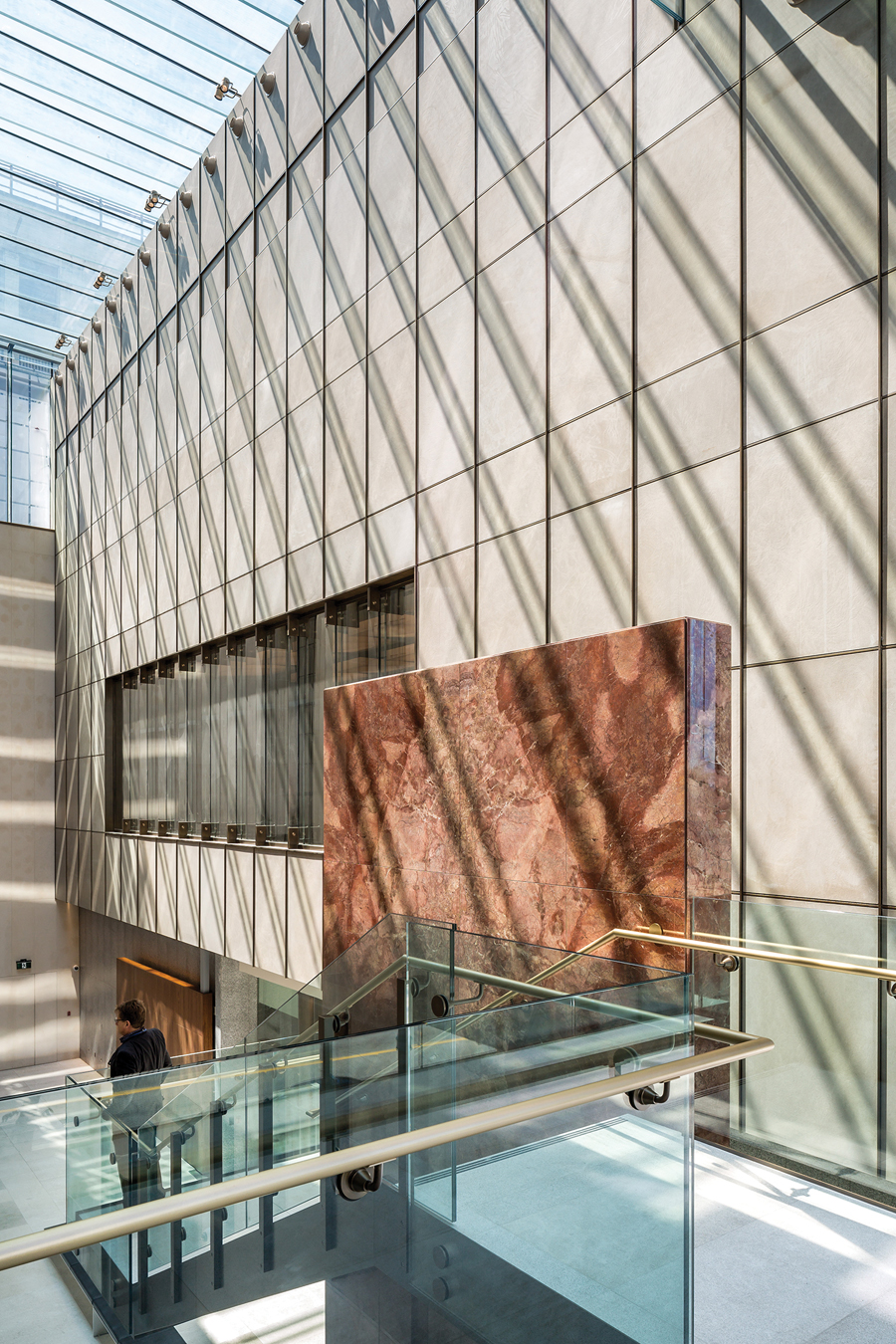MTBA: Thoughts on the recommendations and observations from the Canadian Association of Heritage
Professionals Workroom Series, on building reuse for climate action.
The Canadian Association of Heritage Professionals (CAHP) has just announced their new reference guide for building reuse and conservation needs within the goals of climate change mitigation and sustainable approaches to construction and existing buildings.
As a champion of Building Reuse as climate action, MTBA is pleased to share some reflections on the CAHP’s new resource, which acknowledges that several guiding principles of built heritage conservation are rooted in sustainability. These foundational principles include holistic assessment, minimal intervention and repairing rather than replacing, which are the “bread and butter” of what MTBA stands for.
The CAHP paper explains that construction materials and resources can contribute between 60 to 80 per cent of embodied emissions and thus, it is critical we increase our efforts to retain existing buildings. Therefore, CAHP members must be recognized as stewards of land and resources, providing knowledge and experience which can be integrated into sustainable practice solutions and projects. Heritage conservation is so much more than a specialty sector within the building and construction industry. Finding ways for experts to reach the wider industry in a comprehensive and non-elitist way requires a re-framing of the idea of heritage conservation as an essential element in the toolkit of adaptive reuse.
Our current Western worldview of consumerism and industrialization needs to adapt in order to prioritize sustainability and building reuse philosophies. Shifting the focus from a global mindset towards local contractors, organizers, and suppliers would not only boost job creation but also ensure the use of local materials. Furthermore, it would also reduce the carbon used in creating, transporting, and building structures.

How do we make building reuse status quo?
Creating core subject courses on existing buildings, classifying this work as ‘base knowledge’ in university programs rather than as a specialty focus, and integrating the principles of building reuse as sustainable and green ways of working, are some ways academia can encourage students to consider pursuing careers in the conservation of existing buildings. Inspiring the possibilities of working with what currently exists often generates curiosity and exceptional projects in the generation likely to tackle the climate-crisis head-on.
Pursuing holistic approaches to learning about the different elements involved in building reuse can promote a broader understanding and encourage progress towards better understanding of the relationship between people and buildings. Reconsidering the standard approach to heritage conservation to focus first on the deeper issues related to sustainability in order to break away from common perceptions of being “niche”, “elitist” and “non-green” is an important first step in making sustainability achievable, realistic and inclusive. Recognizing all values in existing buildings promotes agency for communities and user groups to adapt and upgrade the buildings to suit personal preference, maintenance and usefulness.
Current metrics aren’t achieving what we need as an industry from a climate perspective, where reviews of buildings are focused on energy consumption, short-term goals or maintenance basis. Clients and owners will often choose the option that is assumed to be lower cost for buildings without considering why the cost seems so much lower. There is a need to examine and communicate cost-benefit ratios on a broader scale. Metrics more broadly focusing on the cost of replacement materials, the value of embodied energy, the use of mass masonry and thermal resistance, and the environmental and monetary analysis of maintaining existing buildings should be explored.
Currently, Canada is the only G7 nation without federal laws in place to protect existing building stock, and federal policies and tax systems often encourage demolition of existing structures rather than incentivizing the reuse of buildings. We are please to see a national organization, like CAHP, continue the conversation at a national level, instead of working within the silos of provincial governments.
Working on more projects where deconstruction, salvage, recycling and reuse are encouraged, could help change opinions about the importance of recycling materials and the cost of demolition. While development inevitably involves some form of material waste, this waste could take form of a sustainably managed building recycling and salvaging sector, all while creating jobs.
Doing our Part: OSCAR
MTBA staff have been actively involved in the Association for Preservation Technology (APT) Technical Committee on Sustainable Preservation since it formed in 2005. Since 2015, MTBA has partnered with APT and Carleton University to support 5 graduate student internships to conduct applied research in sustainable rehabilitation including contributing to OSCAR, the “Online Sustainable Conservation Assistance Resource”. This interactive technical resource (co-chaired by MTBA staff) is intended to help establish a clear decision-making process for the sustainable understanding and treatment of existing and heritage buildings.
Echoing the conclusions of the CAHP report, conserving existing buildings is a useful tool which can meaningfully contribute to reaching climate and sustainability goals. CAHP members are experts in encouraging building reuse, as well as the associated knowledges and practices required for adaptation, renovation, conservation, restoration, and the recycling of resources. It is therefore our responsibility to provide valuable and practical solutions to normalize building reuse and improving sustainable practices for the building sector moving forward.


